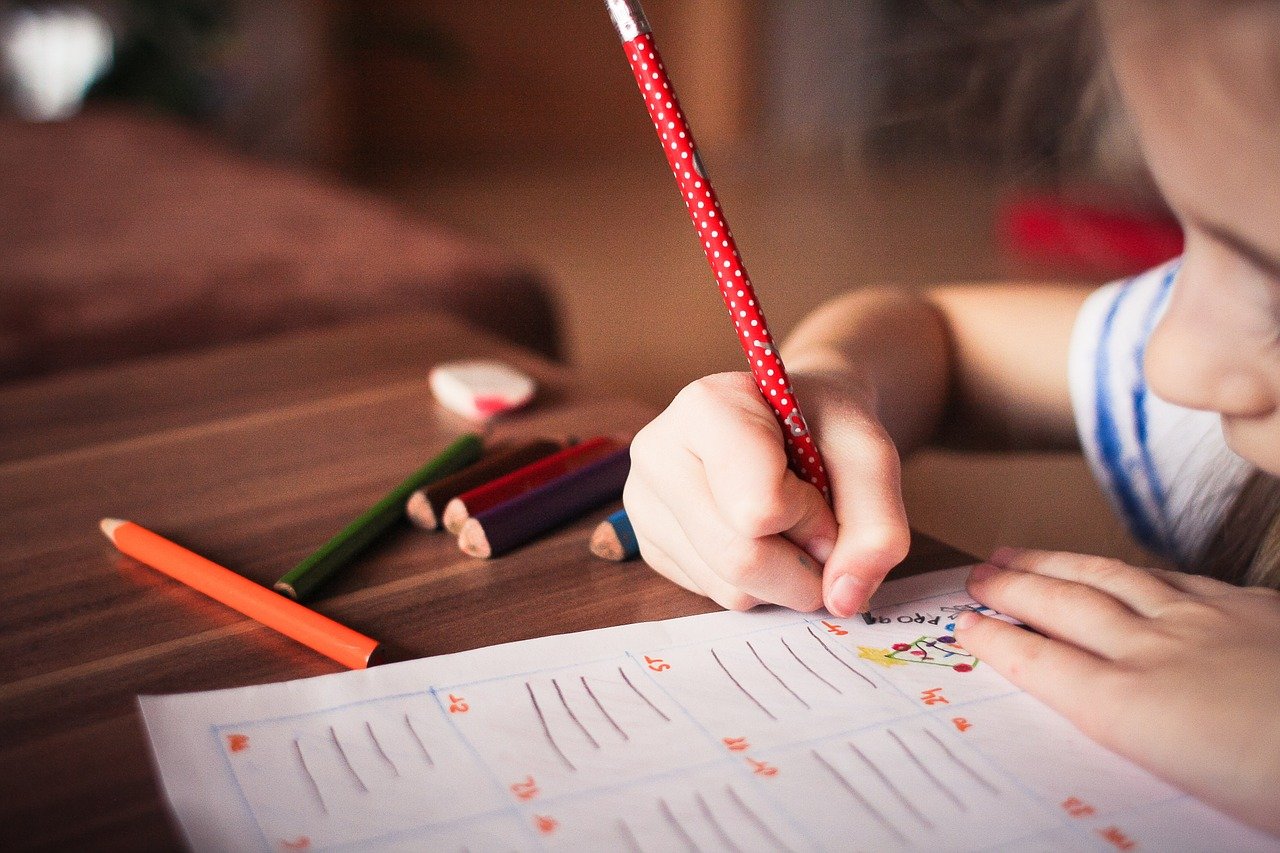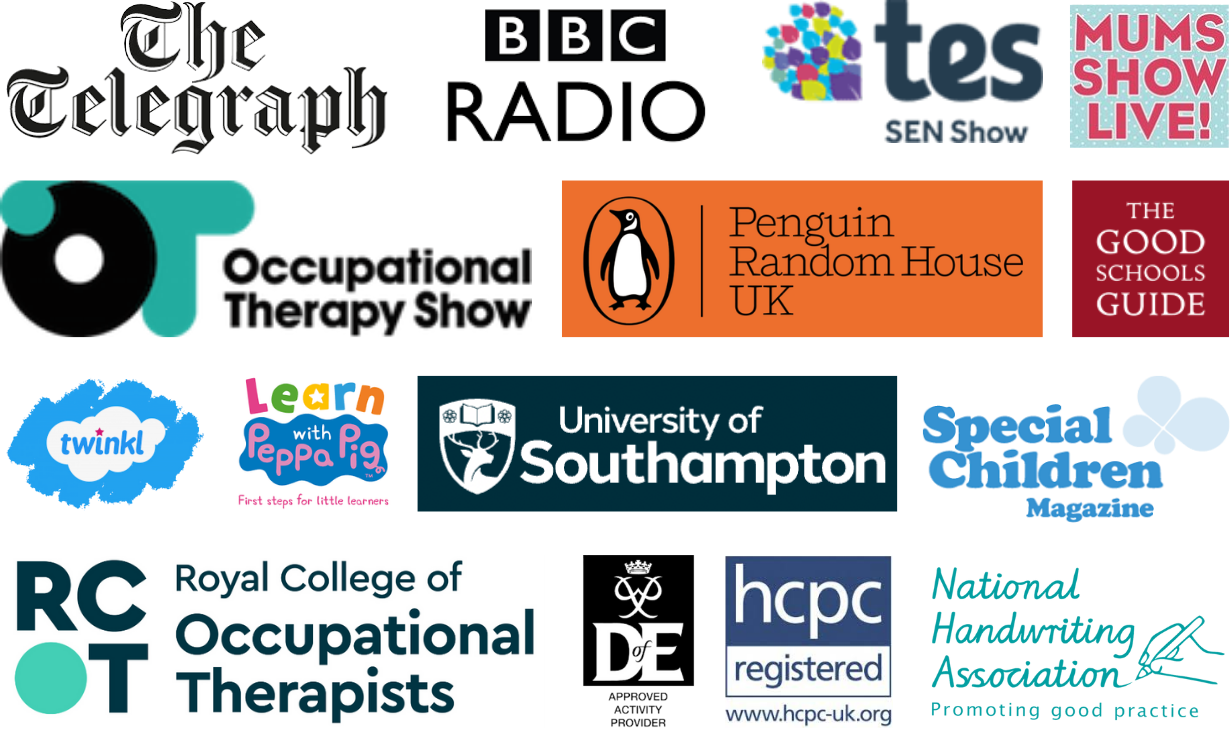Is there a secret to amazing handwriting that we don't know about?
You may have seen examples of something called calligraphy or copperplate handwriting. Although not quite the same thing, they are both highly decorative and elaborate handwriting of the type seldom seen today. On seeing this, people probably think that there is a secret to amazing handwriting. This is because children find it tricky to learn and adults can’t remember how they learned.
Practice encourages marvellous handwriting
Once you learn the basics of handwriting, the next step is to ensure the constant development of skills. A bit like muscle memory, the art of good handwriting is something which must be nurtured in a way that is not boring for the child. Repeatedly writing the same words and letters over and over again will soon lose their interest. Try our DIY courses.
Stimulating a child’s powers of imagination will encourage them to keep practicing
For example, you could begin with the letters ‘an’. This is a whole word in itself, but you could challenge the children to add letters to it in order to make a different word. For instance, by adding the letter ‘d’ to make ‘and’. Then ask them for ideas on which other letter you could add to make a bigger word, perhaps the letter ‘l’ at the beginning to make ‘land’. Explore the different types of handwriting.

Once the idea is established you could ask if they can think of other small words which they can then apply to this method of adding letters to make different words. All the time they will be writing these words and letters over and over again.
As the saying goes, practice makes perfect and amazing handwriting practice will soon become second nature.
Make It Fun
Neat handwriting comes from lots of practice and being taught the right way in the first place. Children vary when it comes to how they learn best. Some love to learn in class surrounded by friends and peers while others may not do so well with this approach. The trick for any teacher is to find out what makes a student tick and what method will work best for them.
Most children learn visually. They learn by being shown how to space and join up letters and how to keep to lines. On the other hand, some children learn through hearing how letter movements are made – up, down, over, around etc.
Children with dyspraxia have different learning capacities, which means they need to take a longer time to learn how to coordinate handwriting movements.
Game-based learning is often the best way to teach handwriting because it is essential to keep children’s interest. When boredom sets in, learning goes out the window. Introducing fun aids and methods makes it is possible to transform lessons from boring into interesting. However they learn, the key to producing clear, neat handwriting is within all children with the right teaching.









